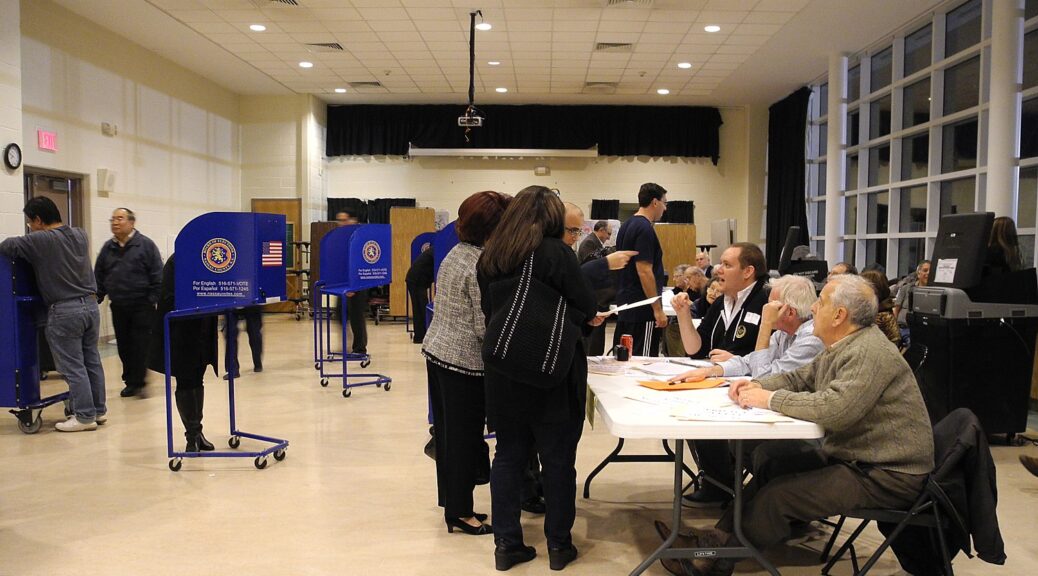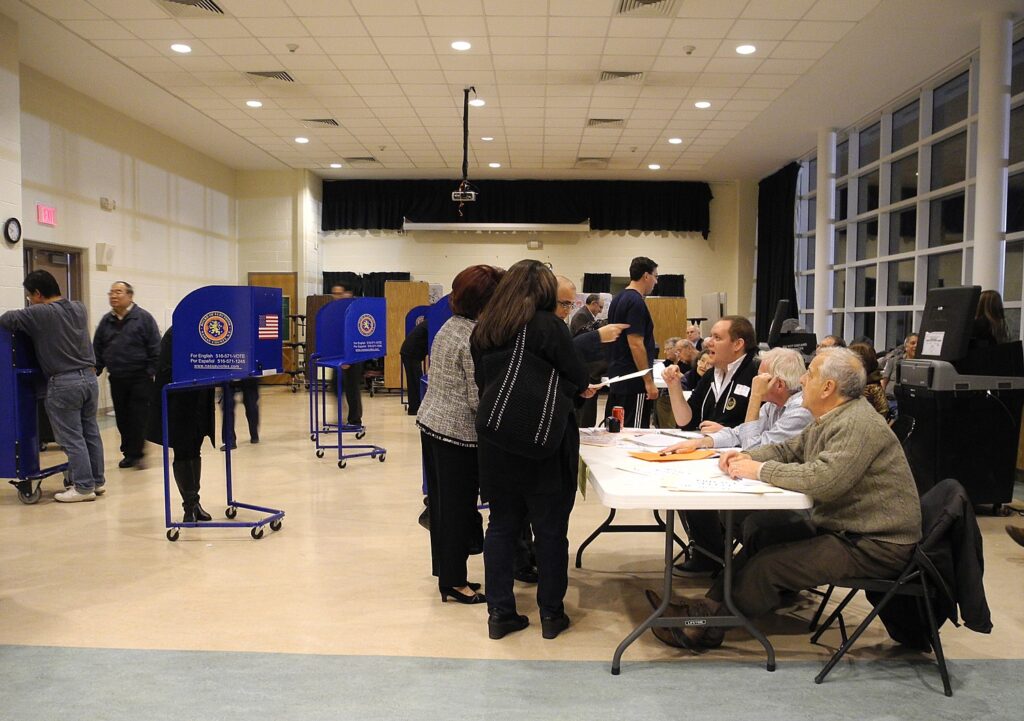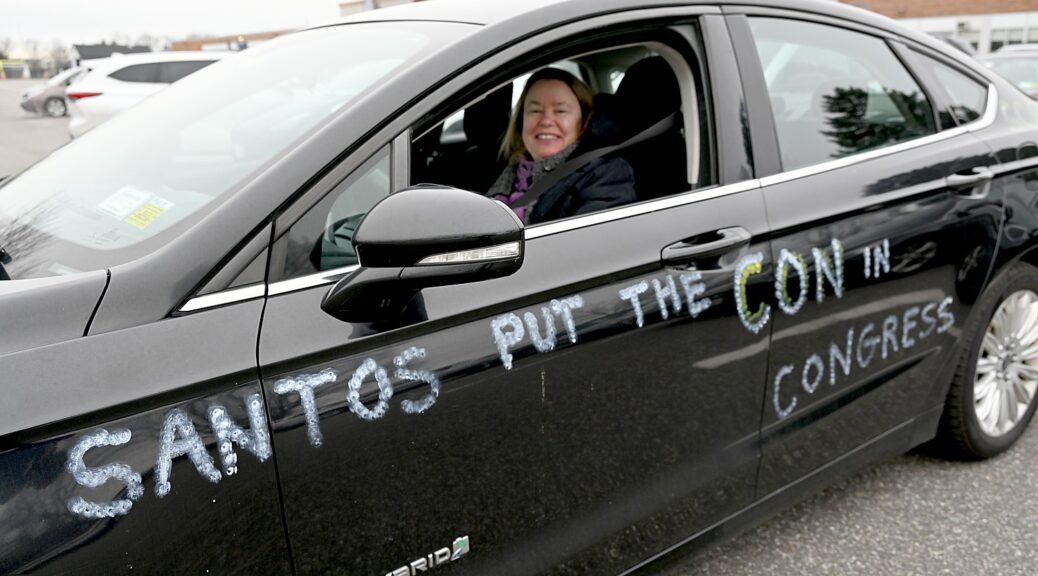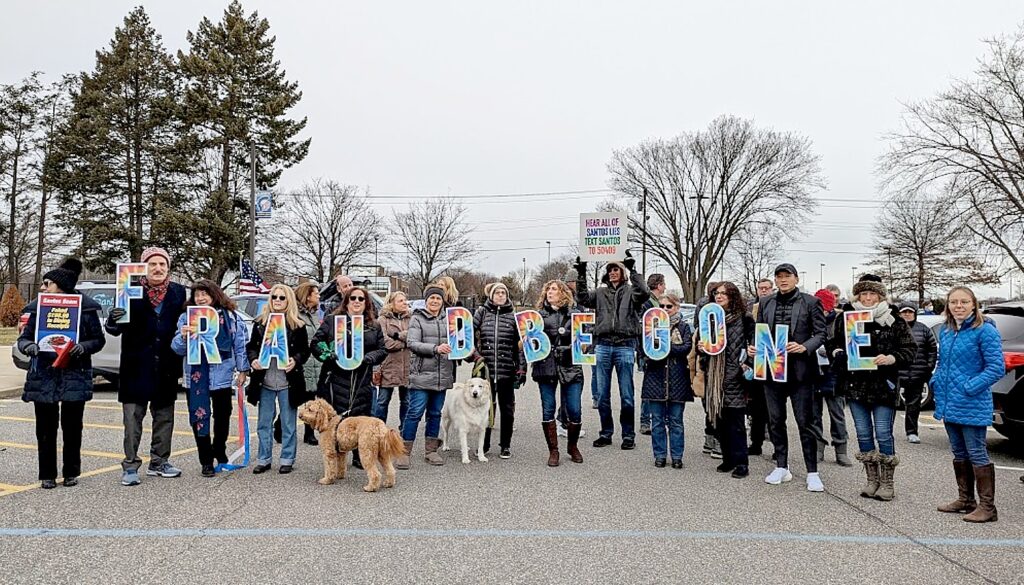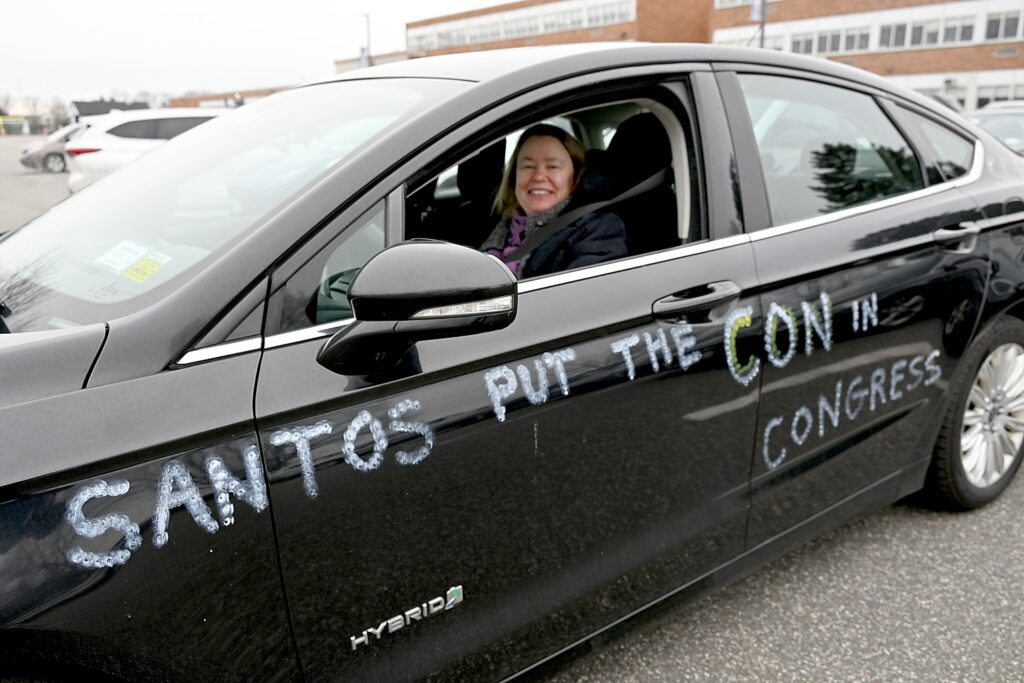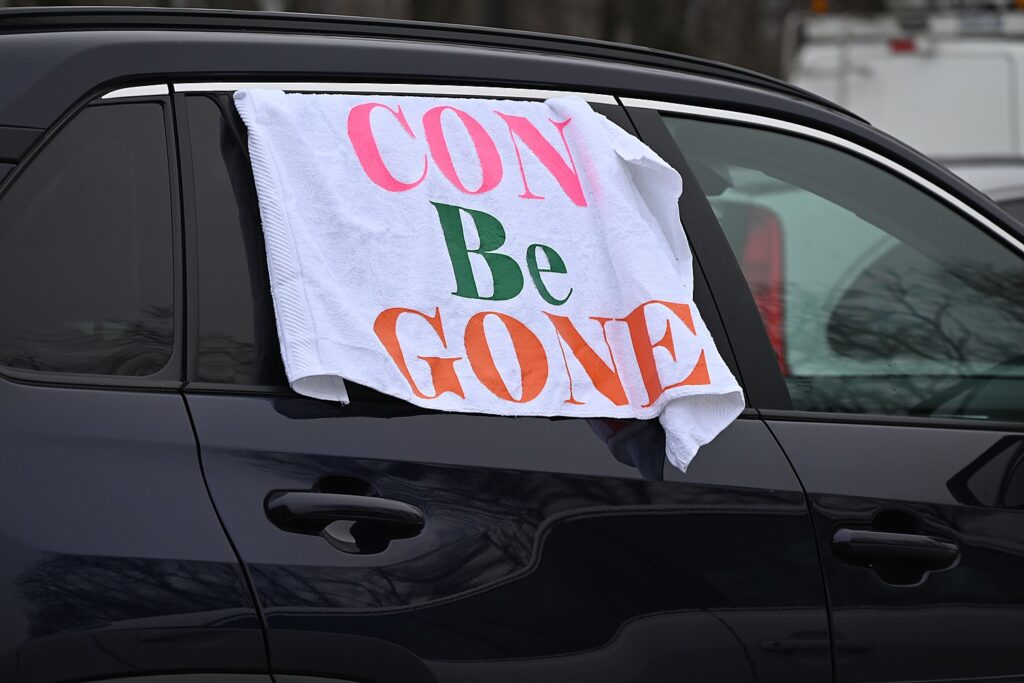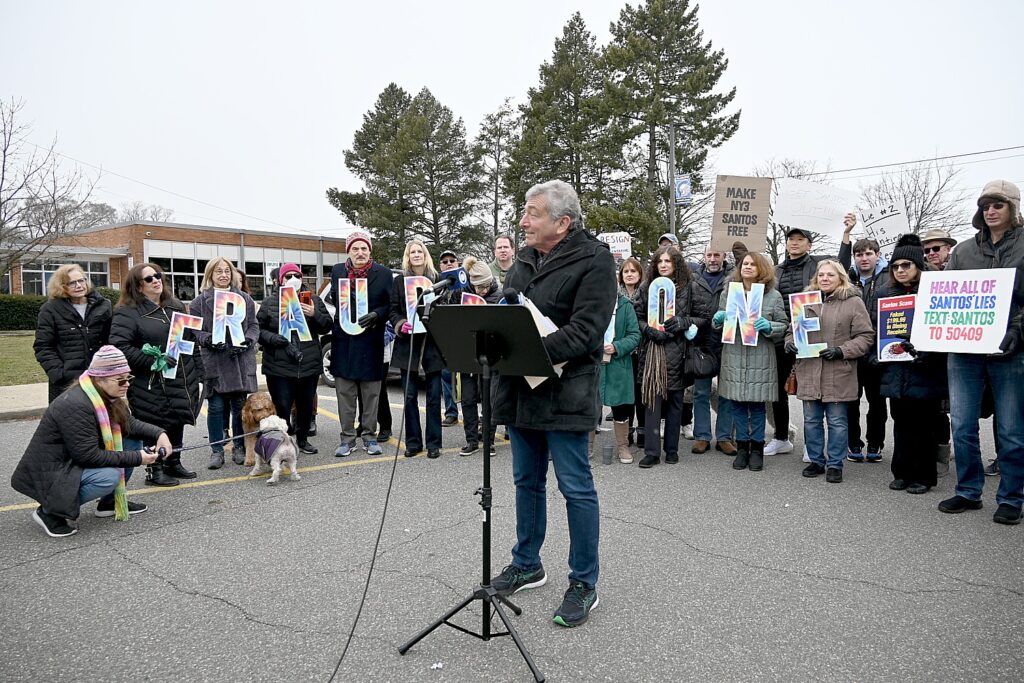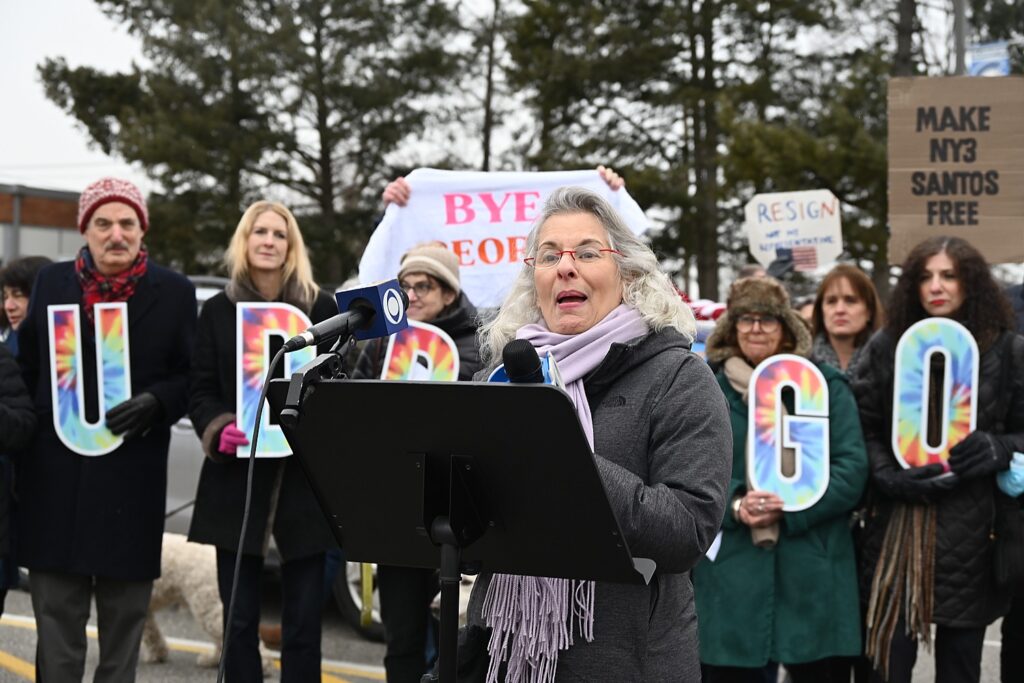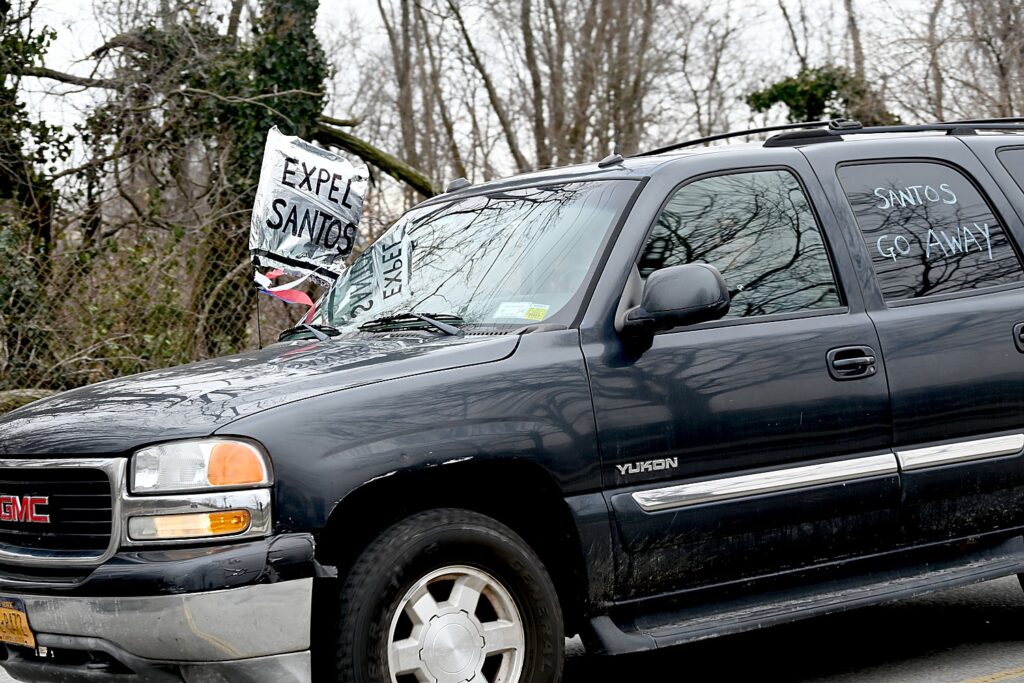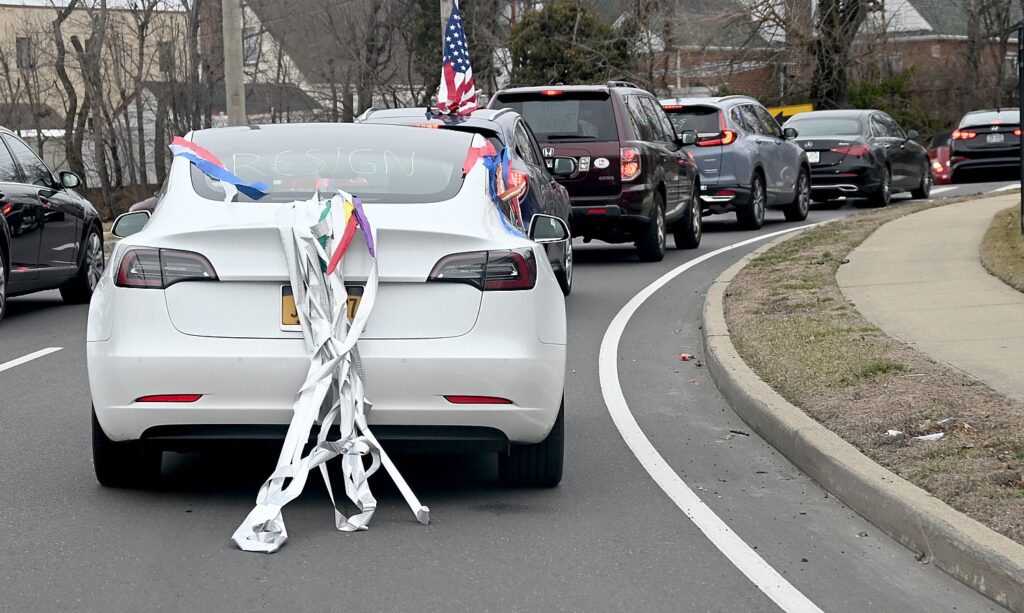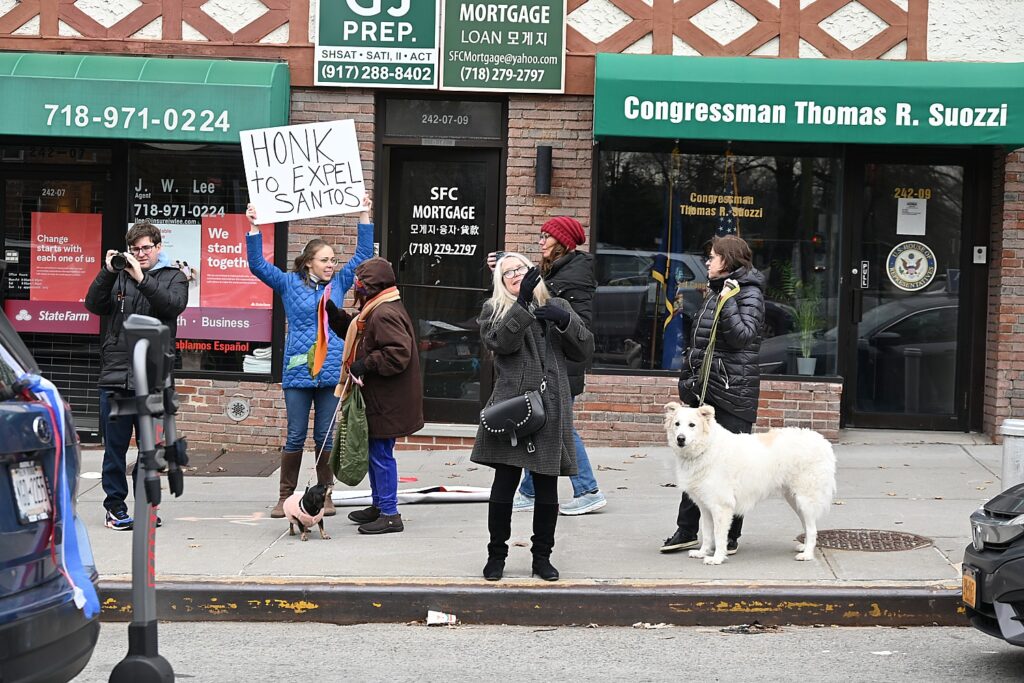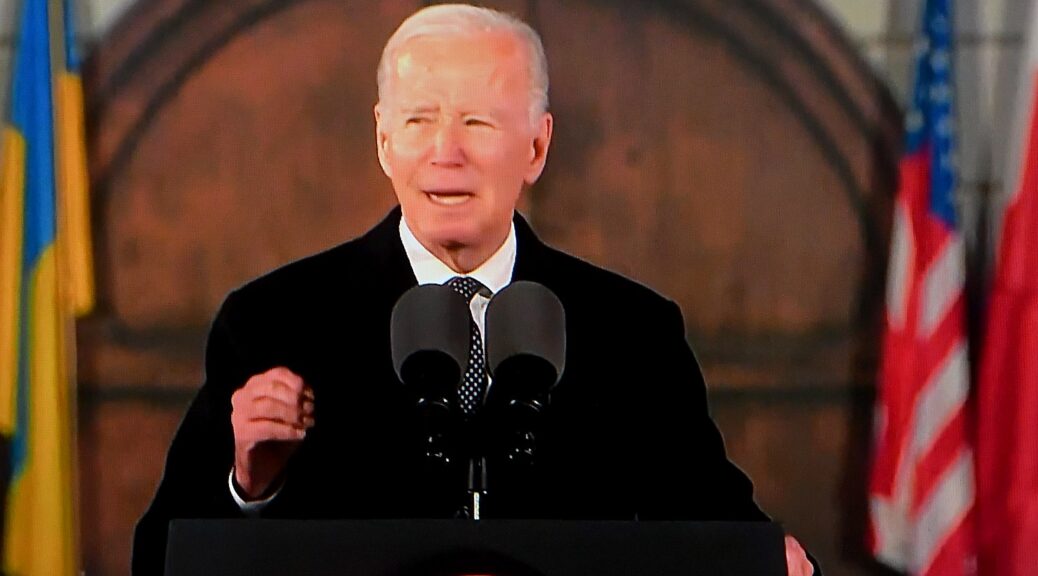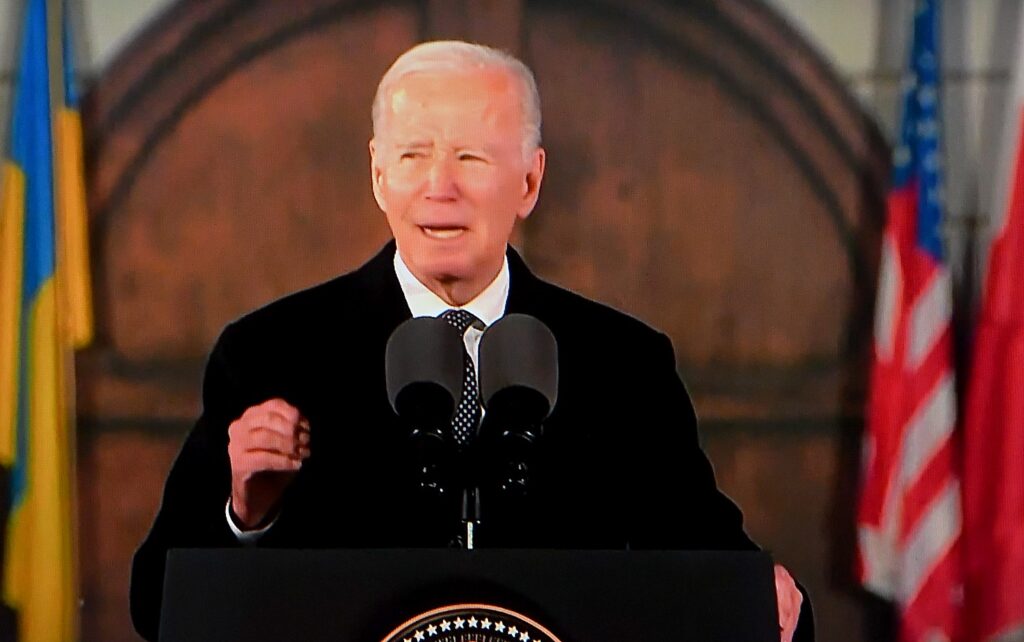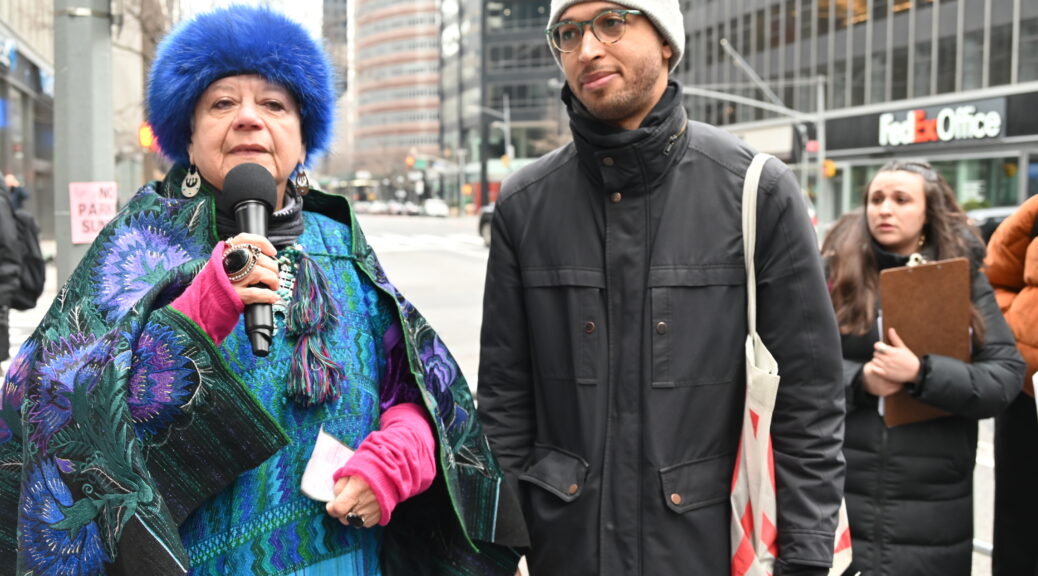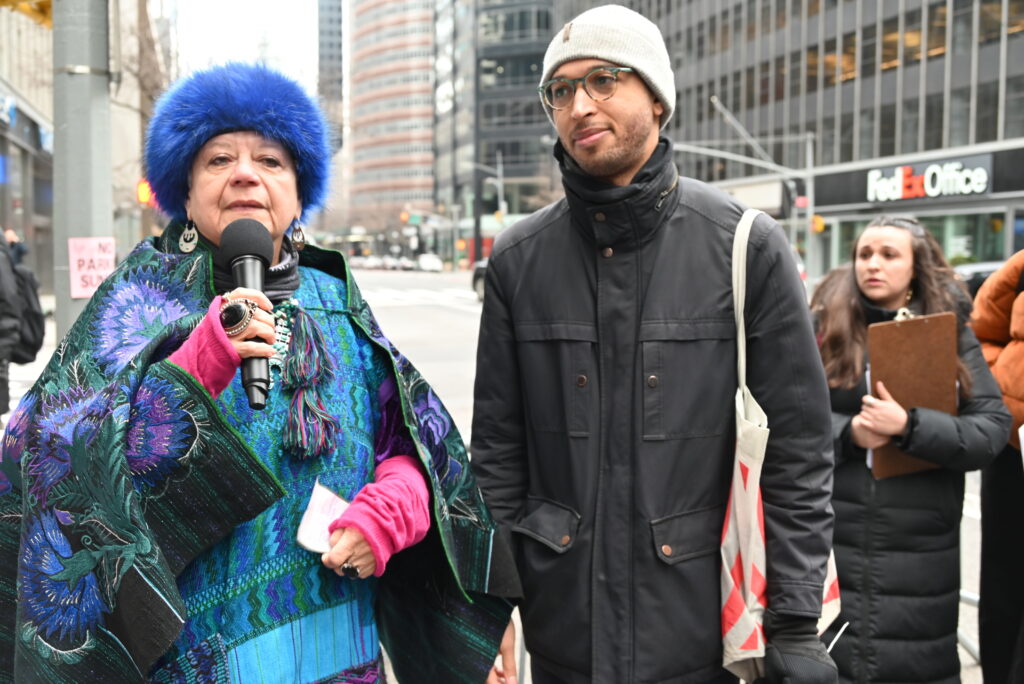
As USDOT works to ban family seating junk fees, new tool spotlights progress made on pushing airlines to guarantee parents can sit with their children fee-free
WASHINGTON – Today, the U.S. Department of Transportation (USDOT) is making it easier for parents to avoid paying junk fees to sit with their children when they fly by rolling out a new family seating dashboard that highlights the airlines that guarantee fee-free family seating, and those that do not. As recently as a month ago, no U.S. airlines guaranteed fee-free family seating. Now, after weeks of USDOT and the Biden Administration pressing airlines to improve their customer service, American Airlines, Alaska Airlines, and Frontier Airlines have stepped forward to guarantee that parents can sit with their young children without getting nickel and dimed. While this represents significant progress, USDOT is not stopping there – and has already begun work on a common-sense rulemaking to ban airlines from charging families junk fees to sit together.
“Parents traveling with young kids should be able to sit together without an airline forcing them to pay junk fees,” said U.S. Transportation Secretary Pete Buttigieg. “We have been pressing airlines to guarantee family seating without tacking on extra charges, and now we’re seeing some airlines start to make this common-sense change. All airlines should do this promptly, even as we move forward to develop a rule establishing this as a requirement across the board.”
Last summer, Secretary Buttigieg pressed U.S. airlines to do more for passengers who had a flight canceled or delayed because of the airline. He informed the CEOs of the 10 largest U.S. airlines that the Department would publish a dashboard on amenities and services provided such as rebooking, meals, or hotels in the event of a controllable delay or cancellation. Prior to his urging, none of the 10 largest U.S. airlines guaranteed meals or hotels when a delay or cancellation was within the airlines’ control, and only one offered free rebooking. Now, all 10 airlines guarantee meals and rebooking, and nine guarantee hotels when an airline issue causes a cancellation or delay.
Like the prior dashboard, the Department’s family seating dashboard provides a clear comparison of services the airlines have committed to provide, which will assist consumers when deciding which airline to fly. It makes it easier to know which airlines have stepped up and guarantee adjacent seats for young children traveling with an accompanying adult at no additional cost and which airlines do not.
USDOT issued a notice last July stating that it is the Department’s policy that U.S. airlines ensure that children who are age 13 or younger are seated next to an accompanying adult with no extra charge. During a four-month review period following that notice, USDOT found that none of the airlines guaranteed family seating at no additional cost even though most asserted that they would make best efforts. This new dashboard allows parents to sidestep airlines’ confusing claims on family seating. To receive a green check on the dashboard, an airline must guarantee that parents can sit next to children age 13 and younger for free if adjacent seats are available when they book. And they must include that guarantee as part of their customer service plan so that it is backstopped by USDOT enforcement if they fail to deliver.
Since most airlines currently do not guarantee that they will seat a parent and a child together at no extra cost, USDOT has begun work on a rulemaking to ensure a young child is able to sit adjacent to an accompanying adult. Because the rulemaking process can be lengthy, the President has called upon Congress to enact legislation, and the Administration plans to send Congress proposed legislation in the coming weeks. This is just one part of USDOT’s and the Administration’s ongoing efforts to strengthen consumer protections.
Additional work that USDOT has done to protect traveling public includes:
- USDOT issued the largest fines in the history of the consumer protection office last year, primarily for failing to provide timely refunds.
- Since taking office, Secretary Buttigieg and USDOT have helped get hundreds of thousands of people more than $1 billion back in refunds.
- NPRM on Airline Ticket Refunds and Consumer Protections. The Department’s proposed rule on Airline Ticket Refunds, if adopted, would: 1) require airlines to proactively inform passengers that they have a right to receive a refund when a flight is canceled or significantly changed, and 2) define a significant change and cancellation that would entitle a consumer to a refund. The rule would also 3) require airlines to provide non-expiring vouchers or travel credits when people can’t travel because they have COVID-19 or other communicable diseases; and 4) require airlines that receive significant government assistance in the future related to a pandemic to issue refunds instead of non-expiring travel credits or vouchers when passengers are unable or advised not to travel because of a serious communicable disease. A public hearing on this rulemaking is scheduled to take place on March 14, 2023, and you can register here to attend this hearing.
- NPRM on Enhancing Transparency of Airline Ancillary Service Fees. Under the proposed rule, airlines and travel search websites would have to disclose upfront – the first time an airfare is displayed – any fees charged to sit with your child, for changing or cancelling your flight, and for checked or carry-on baggage. The proposal seeks to provide customers the information they need to choose the best deal. Otherwise, surprise fees can add up quickly and overcome what may look at first to be a cheap fare. A public hearing on this rulemaking is scheduled to take place on March 16, 2023, and you can register here to attend the hearing.
For information about airline passenger rights, as well as DOT’s rules, guidance, and orders, the Department’s aviation consumer website can be found at: https://www.transportation.gov/airconsumer.


